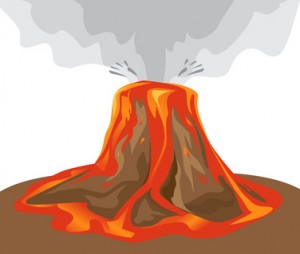 VS.
VS. 
Heat vs. Cold: Which Treatment is Best?
At Smolczynski Physical Therapy, we know that a well-informed patient makes the best health care decisions. How much do you know about treatment for common issues? Take our quiz to see if you can match the injury with the best treatment option
1. Ankle Sprain: HEAT COLD BOTH
2. Pulled Muscle: HEAT COLD BOTH
3. Broken Toe: HEAT COLD BOTH
4. Stiff Neck: HEAT COLD BOTH
5. Migraine: HEAT COLD BOTH
HEAT THERAPY - Best for injuries involving muscular spasms and tightness. Pulled Muscle, Stiff Neck. Injuries to soft tissue like muscles, tendons and ligaments can benefit from application of heat. Heat can decrease pain and increase mobility while you recover from some injuries. Heat is better tolerated by most people and is usually the first choice for back pain, neck pain, and rib injuries.
At your appointment, your physical therapist may apply heat to make the injured tissue more pliable, which allows him or her to better stretch the injured area.
COLD THERAPY - Best for: Injuries involving inflammation and swelling: Ankle Sprain, Broken Toe. Ice is a very effective means of reducing and possibly preventing inflammation immediately following an injury. If there is swelling, ice is the most appropriate treatment especially during the first 2-3 days of an acute injury.
Vince and Nikki use cold therapy to reduce inflammation and to make your joints more mobile, which can be benefit manual therapy treatment. A true muscle injury almost always involves severe, sudden pain. If the muscle is truly torn, use ice to bring down the inflammation
BOTH - Heat and ice therapies can be used in combination at different stages of treatment, or based on personal preference. Migraine. Migraine sufferers differ on what works best. Ice packs have a numbing effect, and may dull the sensation of pain when applied to the face and neck. However, hot packs and heating pads can relax tense muscles; warm showers or baths may have a similar effect.
Look for more quizzes to come on the SPTA blog posts…we’ll test your PT knowledge to help you stay well and keep you in motion!
Note: This blog covers general assessments, not meant to take the place of professional medical advice, which will vary on a case-by-case basis.
